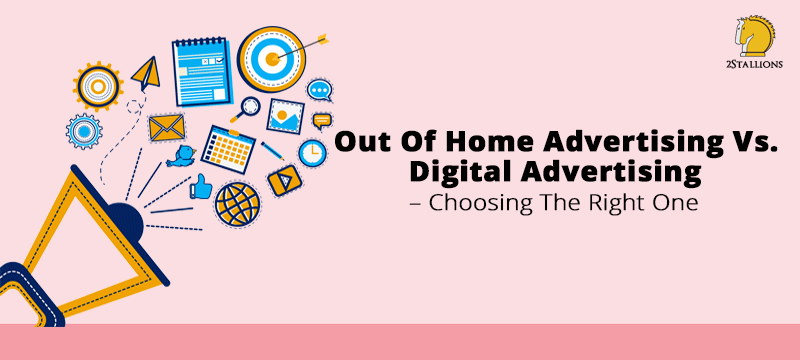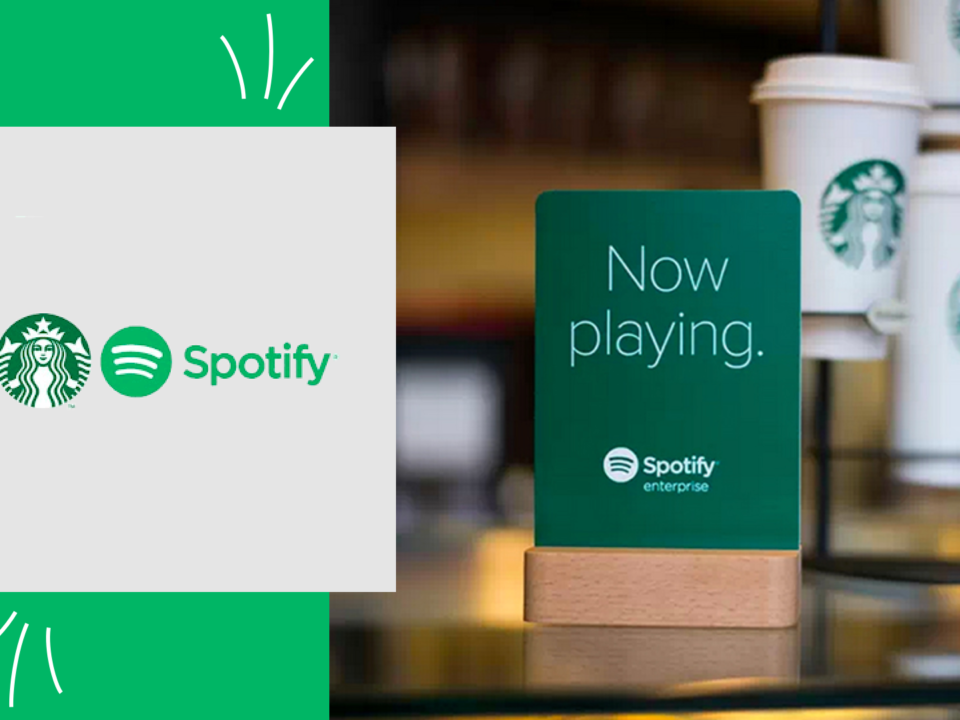- Have any query
- +91 8763 781 333
Why Out-of-Home Advertising Is Better Than Digital Marketing: A Detailed Analysis

Trends in the Advertising Industry
June 27, 2022
The Future of Out of Home Advertising: How It Will Evolve to Reach More Consumers
July 9, 2022Why Out-of-Home Advertising Is Better Than Digital Marketing: A Detailed Analysis
Out-of-home advertising, also known as out of sight marketing or OOH advertisements, is a type of advertising that focuses on getting an advertisement directly in front of customers outside the digital world. Whether it’s an old-school billboard on the side of a highway or an interactive AR display in a train station — Out Of Home Advertising has been around for centuries. It’s becoming increasingly popular again with advertisers who are looking for more direct and measurable ROI.
How Does Out-of-Home Advertising Work?

Out-of-home advertising is put up in public places and seen by a wide range of people. There are many different types of OOH advertisements and they can take many forms: – Billboards: Billboards are the most widely used form of OOH advertisements. They are large, outdoor posters made of paper, fabric, or vinyl and usually put up along highways and main roads. The tropical beaches and swaying palm trees on Coors Light’s “Go explore” billboard are examples of OOH advertisements. – Digital billboards: Similar to normal billboards, but the content can be changed remotely. These are the perfect way to target local areas with timely advertisements, such as when a football game is on. – Bus benches: Bus benches allow an advertiser to place their ad on a bench that is usually attached to a bus stop. Advertisers can choose what type of people they want to see their advertisements. – Trains and stations: Trains and train stations are a great place for OOH advertisements. It allows for a large number of people to see the advertisements since trains are usually packed with people every day. – Digital Signage: Digital signage is used in a wide variety of places, such as restaurants and shops, to show advertisements or inform customers about sales and deals. It’s usually connected to the internet and can be programmed to show the desired content. – Other: Other forms of out-of-home advertisements include skywriting, drones, blimps, and posters put up on public bulletin boards and fences.
Why Out-of-Home Advertising is better than digital marketing?
Out-of-home advertising has many benefits over digital marketing. One of the main reasons marketers are shifting towards OOH is that it provides a more direct and measurable ROI. Unlike digital marketing, OOH advertisements are directly in front of the customer and create a direct impact. This makes the advertisement more memorable and allows the customer to connect it back to the brand. Unlike digital ads that are seen by a wide range of people but are difficult to measure, OOH advertisements are almost always measurable. This makes it easier for a marketer to evaluate the return on investment (ROI) and determine how much of an impact the advertisements have had.
Digital vs. Out-of-Home Advertising: A Detailed Analysis

The way people consume and interact with information is changing. Traditional media is on the decline, with the average American watching 28% fewer TV shows per week compared to just a decade ago. At the same time, digital channels and social networks are gaining ground. While traditional media is experiencing massive declines, digital advertising is growing. Digital ad spend is estimated to account for around 40% of all ad spend globally. The chart below illustrates how traditional media and digital media are gaining and losing ground to each other. Traditional media Digital media Radio TV Newspaper Print Internet Radio Newspaper Television Source: Statista Digital Media in the US
What’s the future for out-of-home advertising?

Out-of-home advertising is expected to grow and remain an important part of the advertising landscape. The out-of-home advertising market is expected to reach $71.4 billion in 2020, up from $60.2 billion in 2017. The rising demand for OOH ads is mainly attributed to the growing popularity of augmented reality (AR) and virtual reality (VR) technology. VR and AR technology has opened new doors for marketers who can now create engaging and interactive advertisements that can be experienced in real-time. These new AR and VR technologies have also caused a decline in the popularity of traditional outdoor advertisements.
Benefits of out-of-home advertising

– Immediate impact: Unlike digital advertising, OOH ads are seen by real people and can be directly connected back to your brand. This makes it more memorable and increases the chances of people experiencing a positive reaction and connection to your brand. – Wide reach: Unlike digital ads, OOH advertisements have a wide reach and are visible to millions of people at once. – Clear results: OOH advertisements can be directly measured and show clear results. This makes it easier to determine the ROI and evaluate the success of the ad campaign. – Convenient: OOH advertisements are convenient and can be put up quickly in any part of the city at any time. They don’t require any special set-up and can be put up in a matter of hours. – Affordable: OOH advertisements are affordable and can be used by companies of all sizes.
The Adverse Side of Out-of-Home Advertising

– Rising ad blindness: People are becoming increasingly immune to traditional advertising and are ignoring them more often. This is especially true for billboards, which are the most common form of OOH advertising. – Regret: Consumers can regret their decision to purchase a product after seeing a billboard or other OOH advertisement. People may regret purchasing a product if it doesn’t live up to their expectations. – No direct impact: Unlike digital advertising, OOH advertisements don’t have a direct impact on a person’s purchasing decision.
ROI of Out-of-Home Advertising
There are different ways to measure the ROI for OOH campaigns. Traditionally, marketers measure the ROI for OOH campaigns based on the sales generated from the billboard. This method is particularly difficult with products that can be purchased online. It’s easier to measure the ROI for services because you can calculate the number of leads generated. With services, you can also track the number of appointments set or the number of phone calls you receive. This makes it easier to determine the ROI based on the total volume of leads generated. It’s important to note that measuring the ROI of OOH campaigns is difficult and not as straightforward as measuring the ROI of digital campaigns.
Limitations of Out-of-Home Advertising

– No impact on digital purchases: OOH advertisements only have a limited impact on digital sales. This is because a person may see the advertisement and then visit the website and make a purchase without ever seeing the ad again. – No detailed information: OOH advertisements only show a small amount of information. This makes it difficult for customers to make a purchasing decision and also makes it hard for marketers to gain insight into their target audience. – No customer interaction: OOH advertisements don’t allow customers to interact with the brand in any way. This can make it hard for customers to decide what product is right for them. It can also make it more difficult for marketers to understand their target audience.
How to leverage OOH ads with digital marketing?

If you’re already investing in OOH advertising, it can help to integrate it with your digital marketing. This helps to make the advertising campaigns more cohesive and helps customers see your brand in more places. Here are a few ways you can integrate your OOH and digital strategies: – Create a multi-channel marketing campaign: Create a multi-channel marketing campaign that integrates your OOH and digital strategies. This helps to make the marketing campaigns more cohesive and helps customers see your brand in more places. – Co-ordinate campaigns: Co-ordinate your OOH and digital campaigns so that they work together to create a consistent experience for customers. This helps to make the campaigns more effective and helps customers remember your brand. – Use social media: Use social media when creating OOH advertisements.




